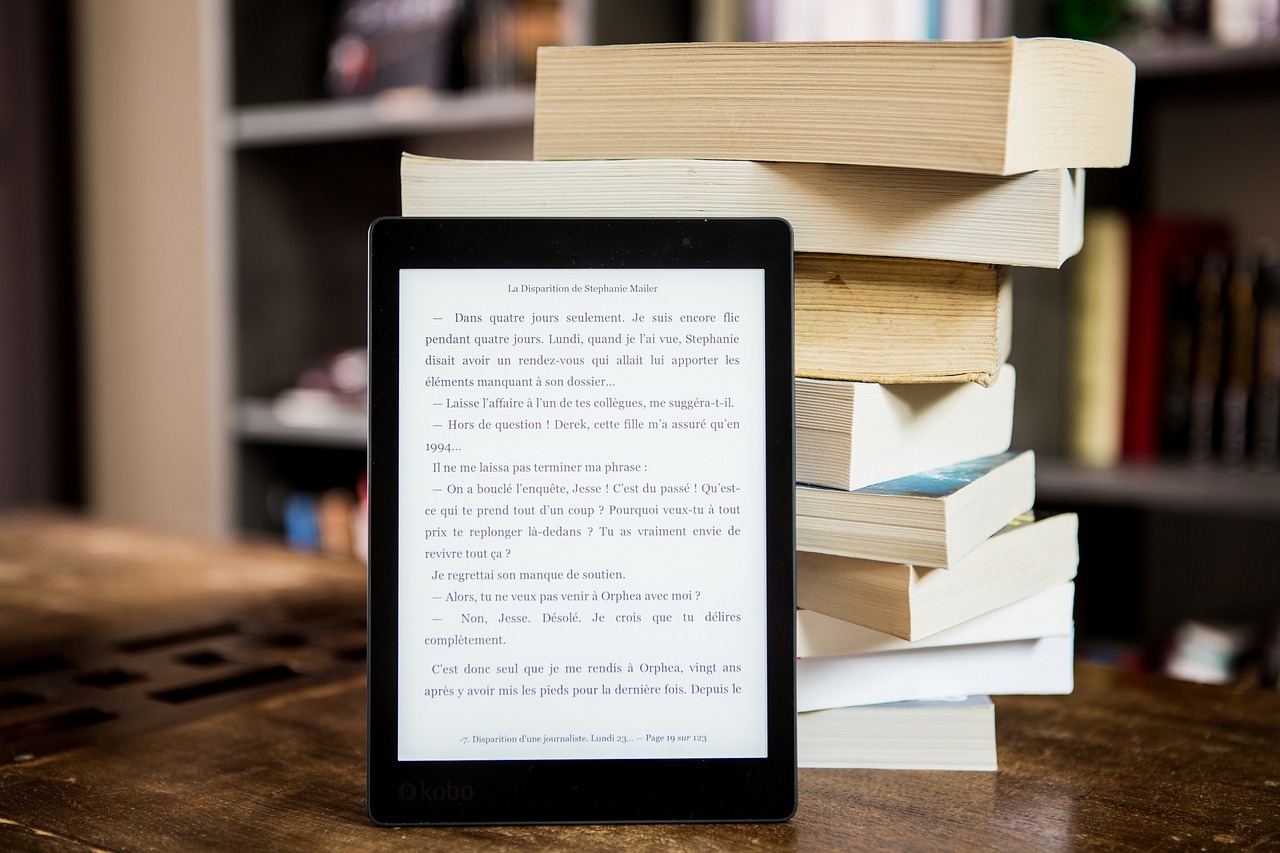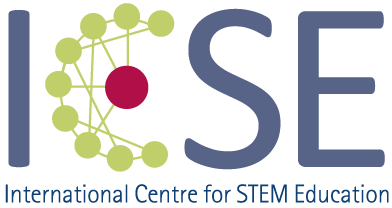
“Just our children still read in paper books, my wife and I are always using e-book readers “.
I recently heard this statement from a friend (bookworm!). E-book readers have been around for quite some time, but it’s only recently that they seem to be really catching on, thanks in part to offerings like “eLibrary” from public libraries and large tech retail platforms.
This raises the question of the environmental impact of using a corresponding device compared to using traditional paper books.
The common approach to answer this question lies in life cycle analysis, also known as LCA (Life Cycle Assessment). Here, the raw material and energy consumption of a product or service is estimated over its entire life cycle. This can be quite tricky.
Let’s try it anyway! Which is more resource-efficient? Reading printed books or using an e-book reader?
As a starting point, you can get a reader (if you have one) and a book. Look at them first: What are they made of and what is their mass? Write down your findings and begin your research.
Here are a few aspects that might be important:
- Greenhouse gas emissions
- Water consumption
- Land consumption (e.g. due to cultivation of raw materials)
- Useful life
This Worksheet is part of the Quartely Problem Series. For more quartely problems and other classroom materials, click here.
Picture Sources: Perfecto_Capucine on Pixabay
CC-BY-NC-SA 4.0 licence granted
Content-related competences
